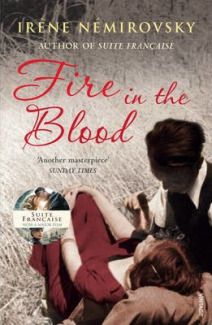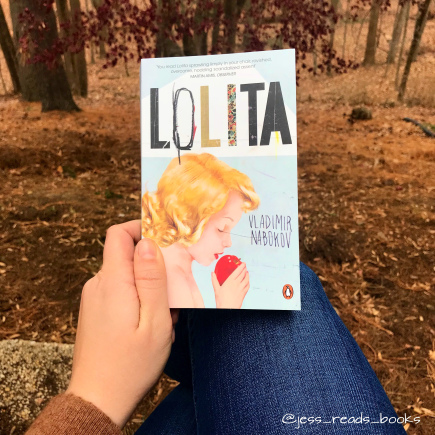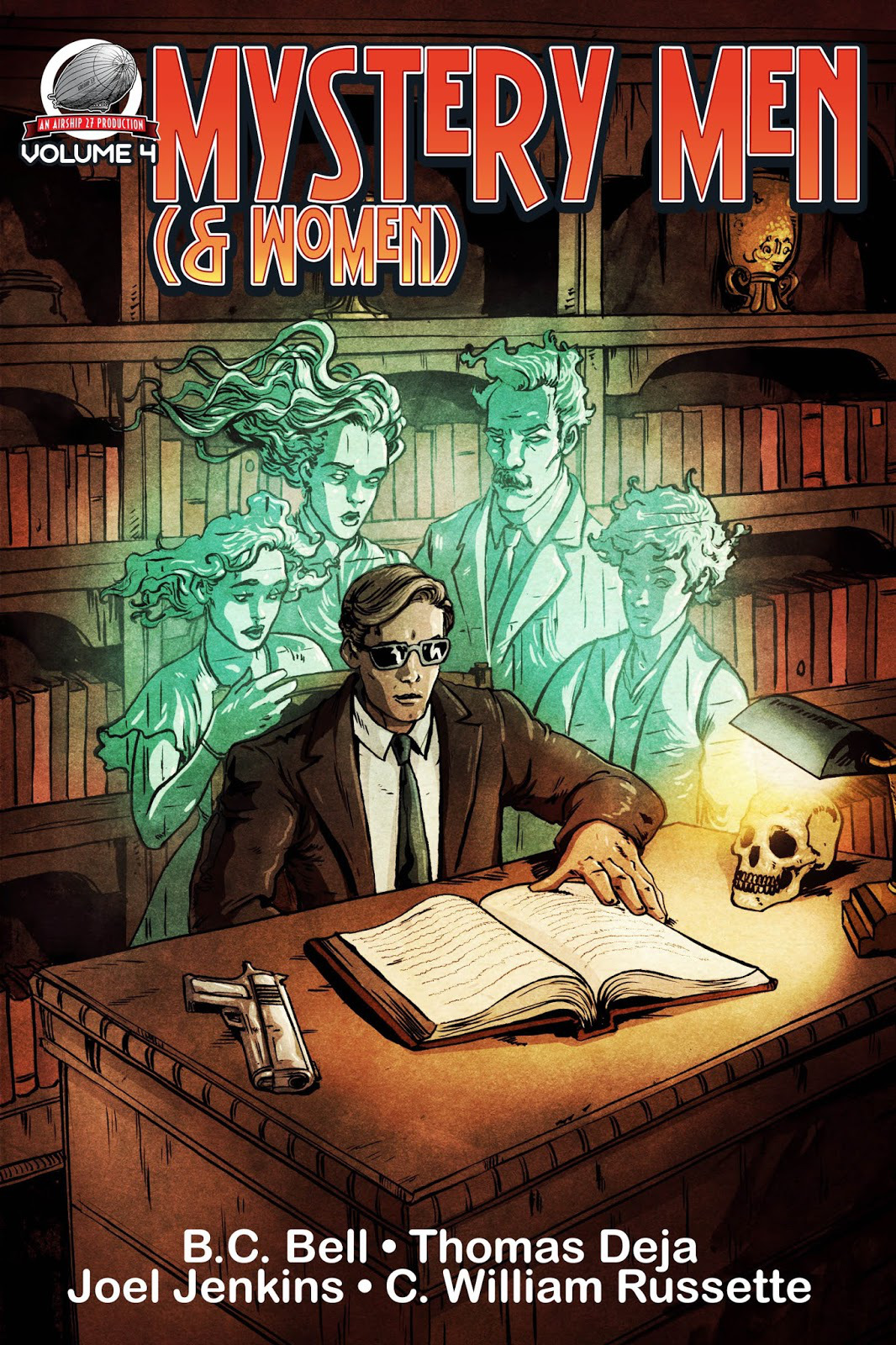Fire in the Blood by the inimitable Irene Nemirovsky is my first reread of my Reading the World project. I adore what I have read of her work to date; it is both measured and incredibly beautiful. Translated by Sandra Smith, as much of her work seems to be, Fire in the Blood is set in a rural village in the historical region of Burgundy, France – also the setting of the work which she is best known for, Suite Francaise.
Published posthumously in France in 2007, and in Britain a year later, Fire in the Blood was the second Nemirovsky which I read, whilst fittingly on holiday in the Dordogne. The volume opens with a foreword by Olivier Philipponat and Patrick Lienhardt, who both wrote an insightful biography of the author, as well as discovering the full-length manuscript of Fire in the Blood amongst her effects.
 The novella – for a novella it is, really, running to just 158 pages in the pictured edition – tells of Sylvestre, known throughout as Silvio, ‘his cousin Helene, her second husband, Francoise [sic], and of the truths, deaths, marriages, children, houses and mills that bind them with love and hatred, deception and betrayal’. As far as themes go within literature, this certainly covers a lot of bases!
The novella – for a novella it is, really, running to just 158 pages in the pictured edition – tells of Sylvestre, known throughout as Silvio, ‘his cousin Helene, her second husband, Francoise [sic], and of the truths, deaths, marriages, children, houses and mills that bind them with love and hatred, deception and betrayal’. As far as themes go within literature, this certainly covers a lot of bases!
From the outset, everything within the novella is so well evoked. Nemirovsky opens up a vivid world gone by in the first few exquisitely measured sentences: ‘We were drinking a light punch, the kind we had when I was young, and all sitting around the fire, my Erard cousins, their children and I. It was an autumn evening, the whole sky red above the sodden fields of turned earth. The fiery sunset promised a strong wind the next day; the crows were cawing. This large, icy house is full of draughts’. Silvio then gives us crumbs of detail about himself; on the first page, he writes: ‘I am old, poor and unmarried, holed up in a farmer’s hovel in the middle of the woods’.
Unsurprisingly to anyone at all familiar with Nemirovsky’s work, the character descriptions within Fire In the Blood are excellently wrought. Colette tells her Uncle Silvio: ‘But you look like a faun… with your wide forehead, turned-up nose, pointed ears and laughing eyes. Sylvestre, creature of the woods. That suits you very well…’. Silvio’s further descriptions of his own person, too, are memorable and unflinchingly candid: ‘For I sometimes feel I’ve been rejected by life, as if washed ashore by the tide. I’ve ended up on a lovely beach, an old boat, still solid and seaworthy, but whose paint has faded in the water, eaten away by salt’.
Nemirovsky’s use of the male perspective is realistic, and often quite profound. Through Silvio, the reader is brought into the heart of a small and rural community as though a member him or herself: ‘… the people around here have a kind of genius for living in the most difficult way possible. No matter how rich they are, they refuse pleasure, even happiness, with implacable determination, wary perhaps of its deceptive promise’.
Smith’s translation is faultless; there is a wonderful poetic fluidity to the piece from beginning to end. Fire in the Blood is an incredibly human work, which has been exquisitely written. Her descriptions are reminiscent of Katherine Mansfield’s in their vivid snapshots of beauty and clarity. Like Mansfield’s, her work is almost entirely sensually appealing. There is so much depth within this short, and perfectly crafted, novel. For those unfamiliar with Nemirovsky’s work, Fire in the Blood is a great taster of her wonderful stylistic choices, and engrossing storylines.
Purchase from The Book Depository
Advertisements Share this:




